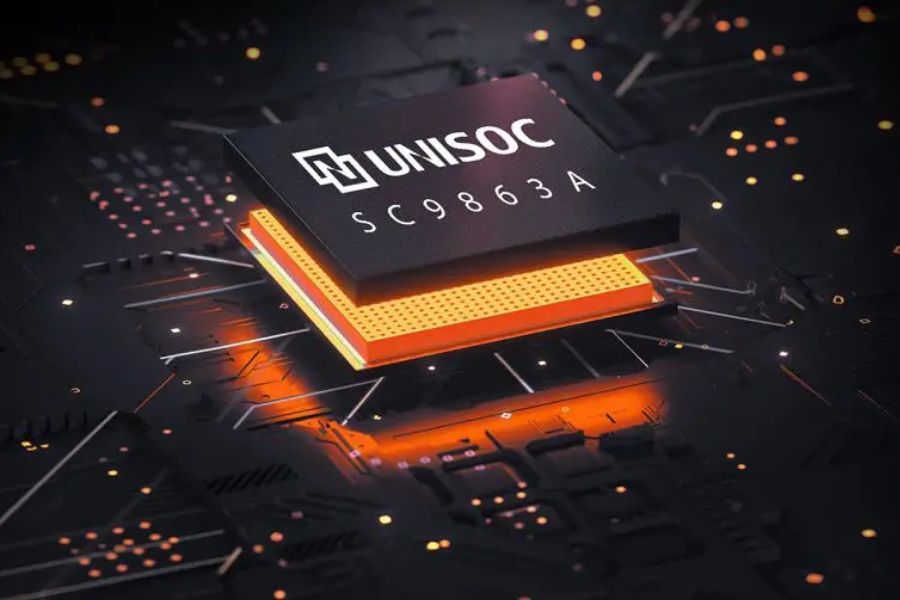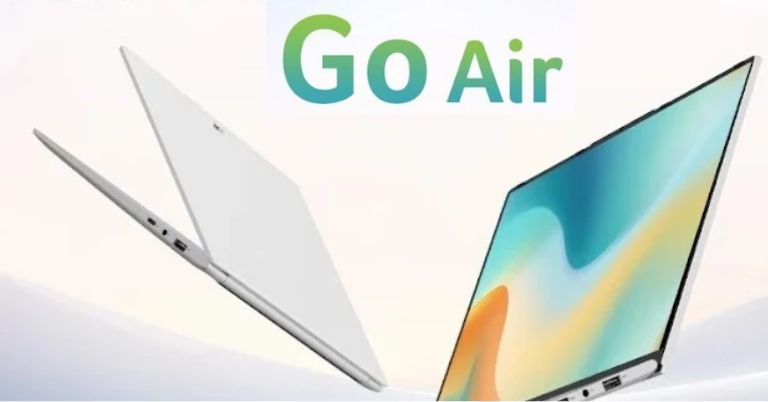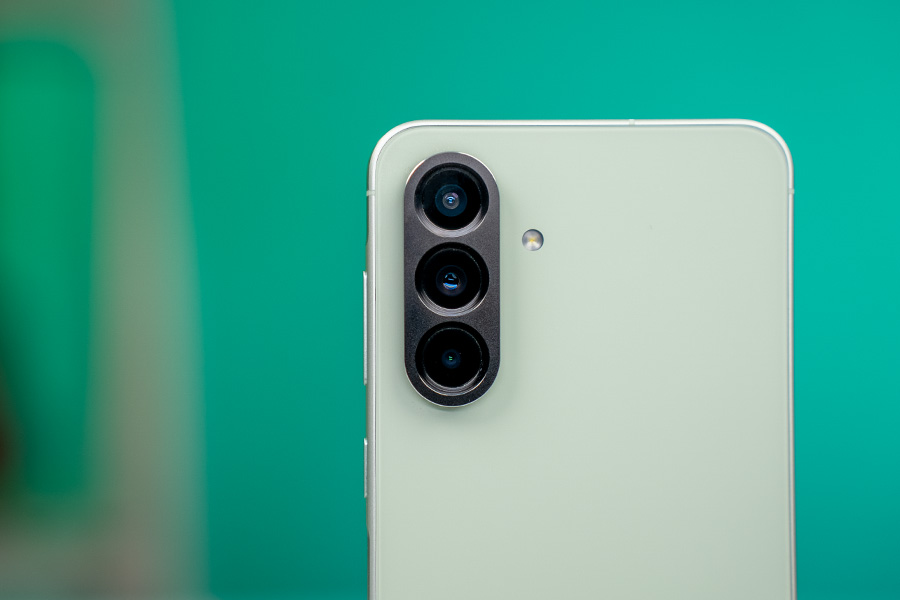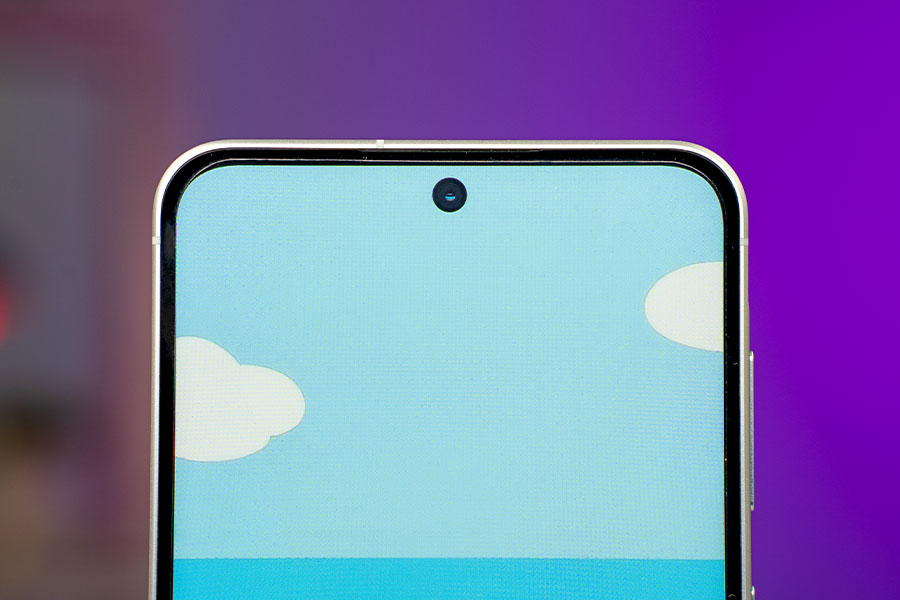In this review, I’ll be sharing my thoughts on the Motorola Moto G45, a phone I’ve been using for a week now. On paper, it looks like a solid option under NPR 25,000, but does it truly live up to expectations in real life? Let’s find out in this review
An unnecessary price discrimination?
Before we go into the specifications, I want to bring up the fact that it’s priced around INR 12,000 in India. Which converts to around NPR 20,000. But here in Nepal, it costs 25% more. So my big question is if Nepali buyers can overlook this price bump because of the phone’s features, or is this going to be a letdown? We’ll see.
Also, to give you a fair comparison, I’ve been using the Redmi Note 14 4G alongside the Moto G45, which falls within the same price range.
Moto G45 5G review: Specifications
- Design and Build: 162.7 x 74.64 x 8.03mm, 183 gm, IP52 rating
- Display: 6.5-inch LCD, HD+resolution, 120Hz refresh rate
- Chipset: Snapdragon 6s Gen 3 5G (6nm)
- Memory: 4/8GB RAM, 128GB storage
- Software and UI: Android 14 (upgraded to Android 15)
- Rear Camera: Dual (50MP primary, 2MP depth)
- Front Camera: 16MP sensor (hole-punch)
- Security: Fingerprint reader (side-mounted)
- Connectivity: WiFi 5, Bluetooth 5.1, USB-C, 5G
- Sensors: Accelerometer, Ambient Light, E-compass, Gyroscope, Proximity, SAR sensor, Sensor Hub
- Battery: 5,000mAh with 18W charging (18W adapter in the box)
- Price in Nepal: NPR 24,999 (8/128GB)
- Check the full specifications of Motorola Moto G45 5G here
- Buy Moto G45 here
Moto G45 review:
Design and build
- 162.7 x 74.64 x 8.03 mm, 183 gm
- Glass front, plastic frame, silicone polymer (eco-leather) back
- IP52 dust/spill resistant
Okay. What I like the most about the Moto G45 is its design, which really captures the essence of recent Motorola phones like the Edge 50 and the Fusion series. The unit I’m reviewing is the “Brilliant Blue” finish, which has this smooth vegan leather finish that feels premium to the touch.

In terms of handling, I found the Moto G45 to be much lighter and more comfortable to hold than the Redmi Note 14 4G.
For a regular iPhone 12 Pro Max user like me who has the habit of carrying a bulky phone, holding the Moto G45 made me double-check my pocket. Lol! The Moto G45 also comes with an IP52 rating, which means it can handle a little dust and survive accidental splashes when you’re caught in light rain or accidentally spill your drink onto the phone.
Display
- 6.5-inch IPS LCD with HD (720 x 1600) resolution
- 120Hz refresh rate, 20:9 aspect ratio
- Corning Gorilla Glass 3
The display is where I was really left scratching my head. It’s got a 6.5-inch HD+ IPS LCD screen, and to be honest, it feels a bit like a letdown. If you’re looking for something vibrant, you’re better off looking elsewhere with an AMOLED panel. Take the Redmi Note 14 4G I’m using alongside this Moto, for example.
On top of that, this display doesn’t support HDR. Watching YouTube videos on it felt a little… meh. Plus, the brightness levels are not that impressive either. On sunny days, I had to cover the screen with my hands to get a good look at my incoming messages or the photos I’d take.

Thank goodness for the 120Hz refresh rate that made my TikTok and Facebook scrolling sessions super smooth! If Moto had skipped this, I might’ve had a few words to say… but hey, we’re all good! As for the chin, yeah it’s a bit on the thicker side… although it didn’t bother me much during daily use.
Once you get into the flow, you hardly notice it! I mean, come on, it’s a budget phone after all! Also folks, we get a Corning Gorilla Glass 3 for protection on the good side. So yeah, the display is kind of a mixed bag here.
Performance
- Qualcomm Snapdragon 6s Gen 3 (6 nm)
- 4/8GB RAM, 128GB built-in storage (expandable 1TB)
- Android 15
After testing the Moto G45 5G for this review, I found that its gaming performance is decent but varies significantly between different games. This phone is powered by Qualcomm’s Snapdragon 6s Gen 3 chip, and in Mobile Legends, it delivers smooth gameplay with a consistent 60 fps. However, when switching to PUBG Mobile, I could only play it at a not-so-enjoyable 40 fps.
Its temperatures are perfectly fine though. And I only ever noticed the Moto G45 hitting around 35°C during my gaming sessions.
On the software side, I recently got the latest Android 15 update on my review unit of the Moto G45. Unlike Xiaomi’s HyperOS 1.0 on the Redmi Note 14 4G that comes with a lot of bloatware and ads, Motorola keeps things clean with a good Android experience free from unnecessary pre-installed apps.
And in terms of updates, Motorola has only promised a single OS upgrade and three years of os security updates. Which means… with the Android 15 update that I have already received, I only have security patches to look forward to on this thing. Sadly, no more version upgrades!
Cameras
- Dual camera setup at the back
- (50MP main, 2MP macro)
- 16MP selfie camera (hole-punch cutout)
Alright, let’s talk cameras! I’ve been messing around with the Moto G45 and the Redmi Note 14 4G, snapping pics left and right, and here’s what I think.
Daylight images
In good lighting, the Moto G45 is umm… good. That 50MP main camera gives me punchy, contrasty, and warm shots that look great considering everything.
I took some pictures with the Redmi too, and compared to the G45, I noticed how its colors looked a bit… washed out. And while neither phone has an ultra-wide lens, the Note 14 4G’s main camera does have a slightly wider field of view.
Lowlight images
The results completely flip when it gets dark. Redmi’s night shots have a yellowish tint and arguably nicer contrast, and they look punchy and lively to me. While Moto G45’s images kinda fell flat. But it depends more on the preference.
Portraits
In the portrait mode, Moto handles colors way better, keeping things natural and balanced. Redmi Note 14 4G, on the other hand, sometimes overexposes the face. Making it look too bright and washed out.
Selfies
Both phones do a solid job in the selfie part! Moto gives you a natural skin tone with a bit of smoothing. Kinda like a beauty filter that’s not too aggressive.
Redmi sometimes brightens up the face, which looks great in some cases but a little too much in others. Either way, both are selfie-approved from little ol’ me!
Videos
As for videos, you can only shoot up to 1080p 30 fps from both of them. And here, the Note 14 4G once again has a wider field of view and better stabilization, making it the clear winner.
Battery and charging
- 5000 mAh battery
- 18W charging (18W adapter inside the box)

The Moto G45 gives you a solid full day of use unless you’re glued to your phone 24/7 (we’ve all been there). It took me about two hours to charge it fully with the 18W charger that came in the box. Not the fastest, but it gets the job done.
Moto G45 review: Conclusion
Alright.
So even though Motorola Nepal could’ve done a better job in terms of pricing, I think the Moto G45 is a solid pick under NPR 25,000. It’s lightweight, smooth to use (thanks to the 120Hz refresh rate), and its battery lasts all day. The G45’s cameras are also pretty nice, although I really wish Motorola had gone with an AMOLED display here.
Moto G45 review: Pros and Cons
| Pros | Cons |
| • Great design and build | • No AMOLED display |
| • Decent cameras | • Only 1+3 years of updates |
| • Smooth user experience |
































 The front of the device boasts a 6.75-inch display with a 720 x 1600 pixel resolution and an 84.7% screen-to-body ratio. While the bezels on the top and bottom aren’t too thick they are noticeable. For added security, there’s a side-mounted fingerprint sensor.
The front of the device boasts a 6.75-inch display with a 720 x 1600 pixel resolution and an 84.7% screen-to-body ratio. While the bezels on the top and bottom aren’t too thick they are noticeable. For added security, there’s a side-mounted fingerprint sensor.


















































